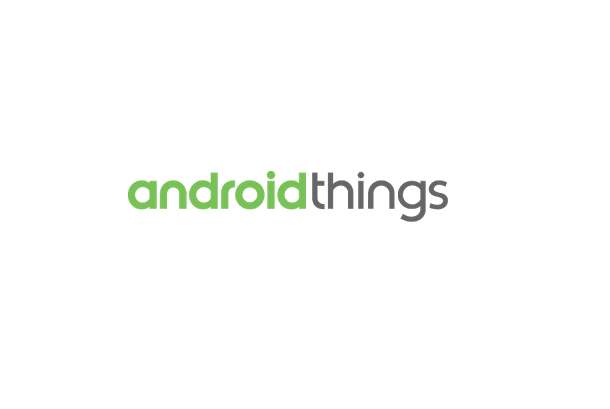Google has updated its Android developer platform for the Internet of Things, ditched the former Brillo brand name, and opened up access to a range of its services for developers.
The developer preview of Android Things was launched yesterday and supports Bluetooth Low Energy and Wi-Fi connectivity. Google is making available Android APIs, Android Studio and software development kit, Google Play and its cloud platform.
In the months ahead, Google said it would roll out further updates to Android Things, allowing developers to securely push patches, security fixes and updates to any device running the operating system.
Android Things replaces Brillo, which was announced last year and promptly sank without a trace.
The company has also updated Weave, launched alongside Brillo, a communications protocol that uses a shared set of APIs that allow interoperability across different manufacturers and operating systems.
Philips Hue and Samsung’s SmartThings devices already use the protocol, which Google said removes the need for manufacturers to invest in cloud services as that is handled by Google.
While Weave currently includes a device SDK for microcontrollers and a management console, Google said it will bolster that with support for additional device types, custom schemas and a mobile application API for Android and iOS.
The refresh to Brillo comes amid a wider play by Google to own the home. Increasingly seen as a battlefield for telcos, Google used its latest platform for products announcements in October to launch Google Home, a voice activated speaker.
As well as the ability to play music and search Google, Home can also control smart home devices such as Google’s Nest and Samsung’s SmartThings.
A new Wi-Fi router was also launched with uses mesh and network assist technology to increase the levels of connectivity through individual rooms.


